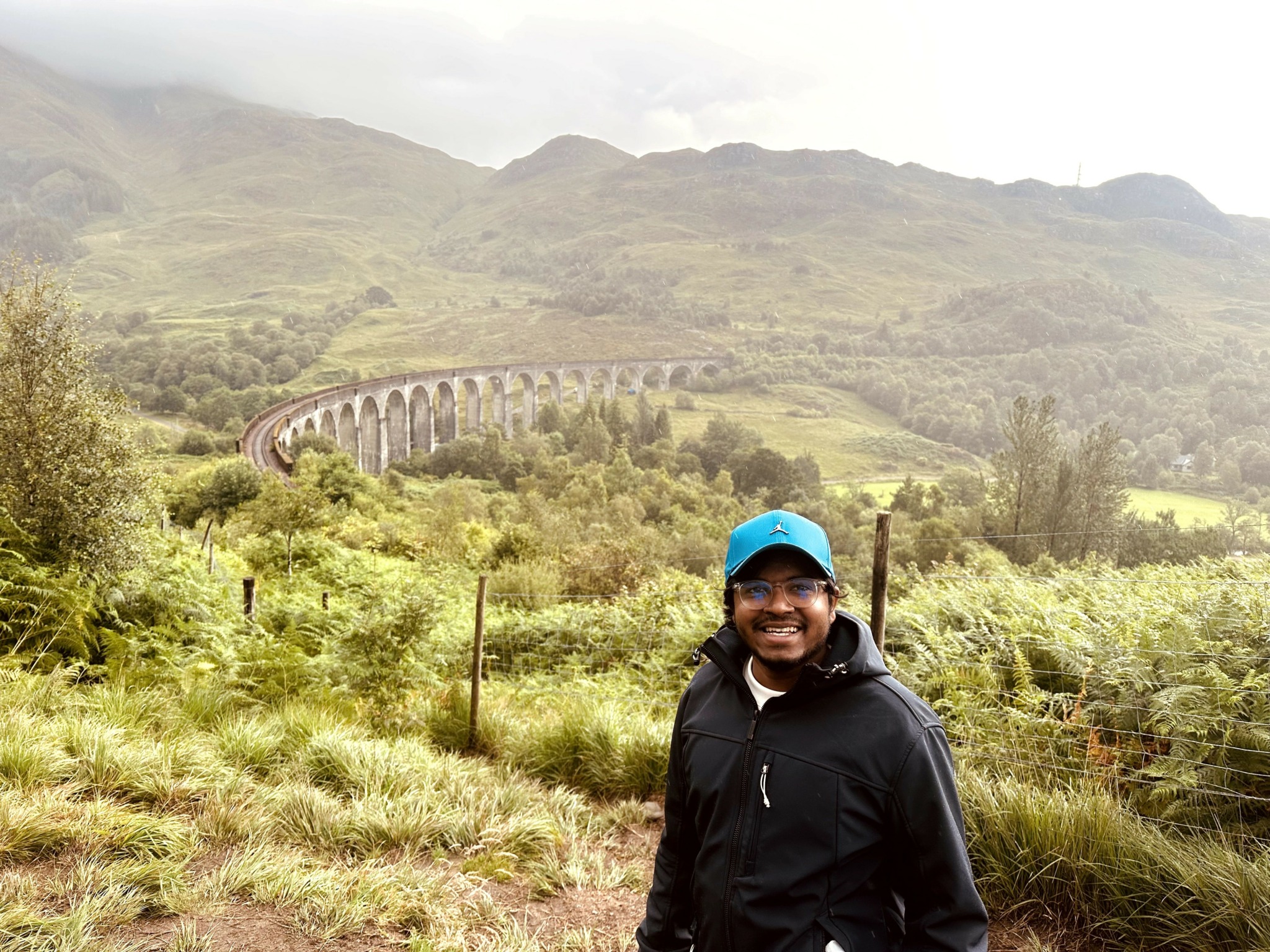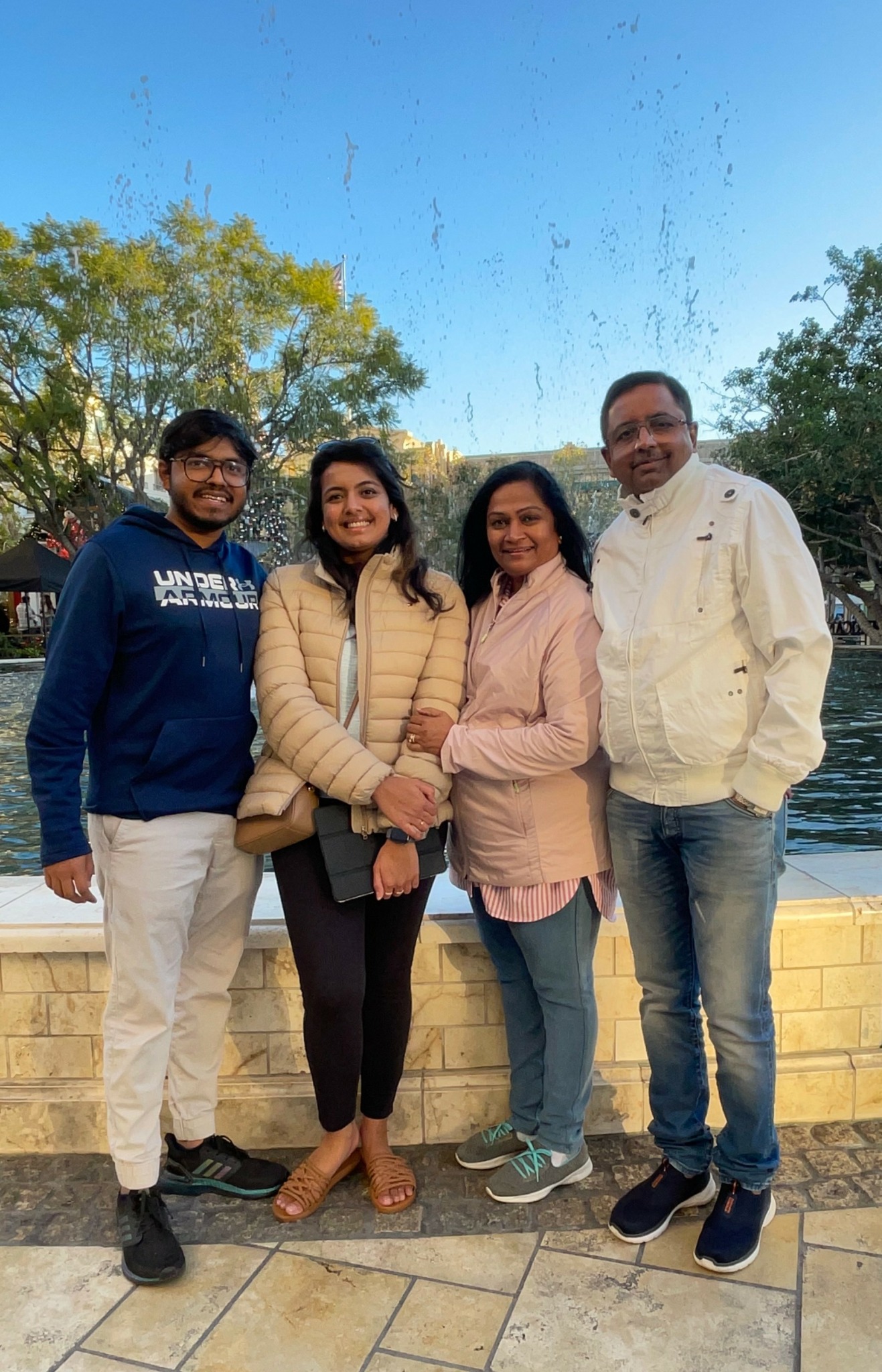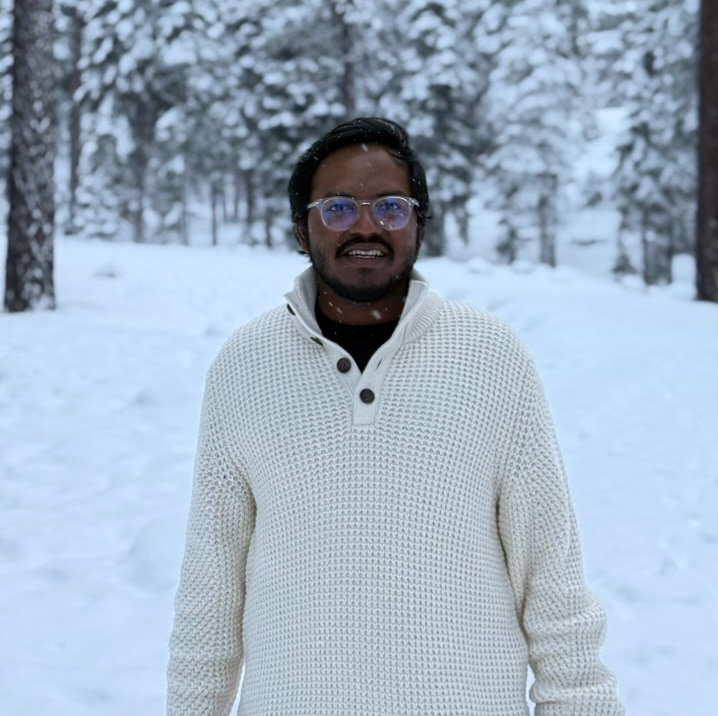We’re excited to introduce you to the always interesting and insightful Pujan Chheda. We hope you’ll enjoy our conversation with Pujan below.
Alright, Pujan thanks for taking the time to share your stories and insights with us today. One of the toughest things about progressing in your creative career is that there are almost always unexpected problems that come up – problems that you often can’t read about in advance, can’t prepare for, etc. Have you had such and experience and if so, can you tell us the story of one of those unexpected problems you’ve encountered?
Mumbai is known as the land of dreams, where people from all over the country come to find their true calling. I grew up in a small South-Indian neighborhood that spoke Telugu and Tamil, while I spoke Kutchi (a part of the Gujurati language) in a Marathi-speaking land. I even studied English in school. So, I come from a place where people might be multilingual, but they all have the same dream: to start their own businesses. My family wasn’t really about dreams; they were more about having a passion for business and, of course, cricket. Cricket is just an integral part of Indian culture.
Hailing from a business family, I was essentially coerced into following a career path that my father and later my brother had chosen — business. It was an obvious choice for me. Throughout my life, I’ve only heard stories of my father’s bravery, business acumen, and exceptional bargaining skills. In my opinion, these are among my strongest strengths and a skill essential for navigating life’s thriftiness.
I had chosen the most suitable field for myself (just kidding), and I agreed to whatever my parents thought would be best for me. It was decided that I should pursue a degree in Commerce and then an MBA. This is where the story takes an interesting turn. I was on track to make everyone proud, but I hit rock bottom (and this was just the beginning). I had to repeat my senior year of high school because I failed the German language exam. That year was the most challenging year of my life, and it was during this time that I realized that academics might not be my true calling.
As a child, sports and movies had always captivated my attention more than anything else. I found solace in playing cricket. I would dedicate myself completely to training, refusing to give up until the very end. It was a wonderful feeling to finally feel a sense of belonging. Cricket has a unique ability to bring people from all walks of life together. That’s where I would meet like-minded individuals, especially those who shared my love for movies. Two valuable lessons I learned from cricket are sportsmanship and sheer diligence. I believe that I’ve carried these lessons with me and practiced them consistently ever since.
So, during the year I had to take a break from school, I decided to enroll in an Animation & Visual Effects course at Arena Animations in Mumbai, while also playing cricket for a local club. Ironically, the most challenging year of my life turned out to be the most influential in shaping my future. I never imagined that my interest in cricket would play such a significant role in building the foundation of my professional life. As I delved deeper into the field, I became increasingly convinced to deviate from the career path chosen by my family. However, overcoming obstacles wasn’t an easy feat. To fulfill family expectations, I simultaneously pursued a bachelor’s degree in commerce while also taking on a part-time job at a gaming company to gain industry experience.
Living a conventional life surrounded by conservative friends and loving family members, one can easily become complacent. And I must admit, I was guilty of this myself. I found myself on a fast-moving train, but I lacked the courage to ask where it was headed. If I didn’t want to follow the predetermined path, I had to have the courage to step off and pursue something that ignited a spark within me. I realized that Mumbai, a city of dreams for many, certainly wasn’t the place for me. It was then that I understood there was more to life than what I had been led to believe.
As I approached the final year of my bachelor’s degree, I was certain that I would secure a full-time job in visual effects. However, due to the limited advanced courses available in Mumbai or even India, I began exploring options abroad.
That is when I came across SCAD and that was it. I went through the website and researched through the subjects and the professors. I knew it was my calling. Studying and working in the company of such a credible crew would only further my knowledge and expand my once-narrow horizon. So I interviewed in person with SCAD at Mumbai, but hit the second rock bottom (yes, there are quite a few) as this time when I wasn’t granted admission. However, I had my eyes on the prize. I knew if not now, I would for sure someday make a portfolio so strong that I would be among the top contenders for admission. Here comes another interesting choice I made then — joining the New York Film Academy to pursue a certificate course in Visual Effects, which I excelled in. Learning becomes fun when you’re into the subject. But I knew only this wasn’t enough, so I also found work at L. A. Castle Studio, to gain industry experience in the world of Virtual Production and Visual Effects.
And after two years of constant hustling, learning, and thriving came in the mail a document for me. It was my Harry Potter moment. I had just received the acceptance from, you guessed it, SCAD. And let me tell you about the fire I was talking about earlier, had finally payed off and had only multiplied ten-fold. I started channeling myself to become a compositor and started working with professors and classmates to achieve this goal by the end of the course. And when all was going rather well, after just one quarter came the apocalypse, the pandemic. Also known as the third rock bottom in this case. I was thoroughly disappointed for not being able to accomplish my dream course on campus. Call me old fashioned but losing hope is just not in me. I felt grateful for the efforts made by SCAD to provide for students and I was here for the challenge. Towards the end of this saga, I not only graduated with a 4.0 but also felt extremely confident presenting myself to the industry. Only if I knew each rock bottom would just present me with new opportunities and a renewed approach to life.
This was my concise yet eventful tale of ups and downs, to pull the plug on procrastination, realizing my goal, my vision bid farewell to the complacent life, and choosing a path that would not only bring immense joy to me but one day to millions of people. (If they wait till the end credits, which they totally should) And I’m grateful for every little mishap and every single highlight.
Only now do I fully know why they call it — a hero’s journey. And I’m only halfway there.

Pujan, love having you share your insights with us. Before we ask you more questions, maybe you can take a moment to introduce yourself to our readers who might have missed our earlier conversations?
My current role is of a vfx compositor.
My passion for compositing is highly comparable to that of cooking. The possibilities of creativity are endless which is why I love integrating CG and live-action to create beautiful shots and also love integrating cooking ingredients to create tasty dishes.
A VFX (Visual Effects) compositor is a key player in the post-production process of film or video projects, responsible for creating the final visual output. The main role involves combining visual elements from different sources into a single cohesive image, often to create the illusion of reality in an otherwise impossible or impractical scene.
Following are some tasks that I preform as a compositor:
Green/Blue Screen Removal: To expertly remove backgrounds shot on green or blue screens, replacing them with digital environments or CGI elements.
Integration of CG with Real Footage: To blend computer-generated imagery with live-action footage seamlessly, ensuring that lighting, shadows, and textures match to create a believable composite.
Rotoscoping: This involves manually tracing or cutting out elements from footage to layer or composite them in a scene.
3D/2D Tracking: To track the movement of a camera in live-action shots to match CGI elements accurately, ensuring that all elements move cohesively.
Relighting CG Scenes: To adjust and enhance lighting within CG scenes to match the lighting of live-action footage, ensuring a consistent look and feel.
As a compositor I use advance software tool such as Nuke to perform these tasks, relying on their keen eye for detail and artistic ability to produce visually stunning and realistic final images. After graduating from SCAD, I started working full-time at Pixomondo as a Junior Compositor while also mentoring students as a TA at New York Film Academy, LA. I got the opportunity to work on some HBO & Netflix shows and feature films like John Wick 4 while also helping students aspiring to start their professional careers as compositors. During my 1.5 years working in the TV and film industry with Pixomondo, I had the privilege of working on several notable projects. These include the third season of Orville (Netflix), the third season of Los in Space (Netflix), Day Shift (Netflix), The Winning Time: The Rise of Lakers Dynasty (HBO), Love & Death (HBO), and John Wick: Chapter 4 (feature film).
After which I got associated to The Mill as a compositor to witness the fast-paced world of advertisement. During my tenure at The Mill, I collaborated on a diverse range of commercials, including the Super Bowl Kia Telluride campaign, Corona, Hyundai, Pepsi, Lexus, Frito-Lay’s Women’s World Cup promotion, Mailchimp, California Lottery, Capital One, Meta Quest, Liberty Mutual, Google Android, Blue Bunny, Gatorade, the Riot Console Launch Trailer, Meta Quest, Pepsi, and FX Network Alien trailer promotions.

Is there mission driving your creative journey?
My aspiration is to become a visual effects supervisor.
Pursuing excellence as a visual effects supervisor involves dedication, passion, and a strategic approach to career development. It means not only mastering the technical skills required to create stunning visual effects but also cultivating a comprehensive understanding of the entire production process from pre-visualization to post-production. This journey requires a mastery of cutting-edge software, an eye for detail, and an artistic sensibility that together enable the creation of visually captivating and emotionally resonant scenes.
To achieve this mission, I am committed to continuous education and professional development. I plan to engage in workshops, online courses, and advanced training sessions to keep abreast of the latest technological advancements and industry trends. Networking with industry professionals and seeking mentorship opportunities will further enhance my capabilities, allowing me to gain insights and perspectives from seasoned experts.
Moreover, practical experience is invaluable. I am dedicated to working on a variety of projects. This practical exposure will hone my problem-solving skills and adaptability, key qualities for any successful visual effects supervisor.
Collaboration is also a cornerstone of this role. I aim to develop strong communication and leadership skills, enabling me to work effectively with directors, producers, and artists to bring a unified vision to life. Understanding the nuances of storytelling and how visual elements can support and enhance narrative themes will be central to my approach.
Ultimately, my mission is not just about personal success but contributing to the evolution of visual storytelling. By pushing the boundaries of what’s possible in visual effects, I hope to inspire and captivate audiences worldwide, leaving a lasting impact on the industry. This mission is a journey, one filled with learning, challenges, and immense satisfaction as I strive to excel in the role of a visual effects supervisor.

What can society do to ensure an environment that’s helpful to artists and creatives?
To best support artists, creatives, and a thriving creative ecosystem, society can take multiple steps:
Funding and Grants: Establishing robust funding programs and grants can provide financial stability to artists, allowing them to focus on their craft without financial stress. This support could be in the form of government grants, private sponsorships, or community fundraising initiatives.
Education and Training: Access to affordable educational resources and training programs is crucial. This can involve workshops, courses, and mentorship opportunities that equip creatives with the necessary skills and knowledge to thrive in their respective fields.
Policy and Advocacy: Governments can implement policies that prioritize and protect the interests of artists. This may include tax incentives, intellectual property rights protection, and the development of initiatives that promote creative industries.
Innovation and Technology Support: Providing access to the latest technology and tools can help artists experiment and push creative boundaries. Investing in innovation hubs and co-working spaces can nurture creativity and collaboration.
By focusing on these areas, society can create an environment where artists and creatives thrive, leading to a more vibrant and innovative cultural landscape.
Contact Info:
- Website: https://pchheda.wixsite.com/pujanchheda
- Linkedin: https://www.linkedin.com/in/pujanchheda/
- Other: https://lbbonline.com/people/pujan-chheda/
https://www.imdb.com/name/nm13934431/?ref_=ext_shr_lnk






